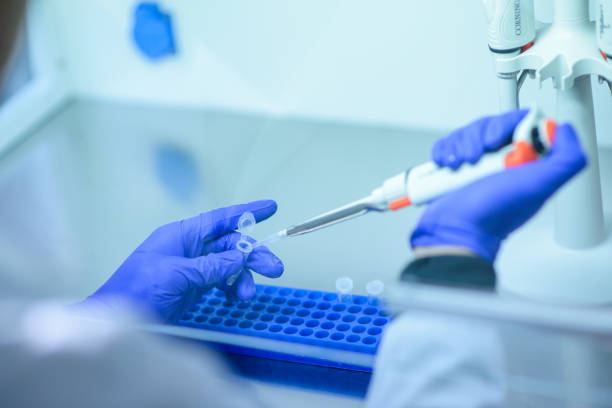Recently, I watched a documentary on Netflix called Human Nature. It talked about a gene modification tool called CRISPR, which stands for Clustered Regularly Interspaced Short Palindromic Repeats. Now, how does that gene editing tool work? Here’s a brief synopsis:
The name CRISPR refers to regularly spaced, repeated DNA sequences found in the genes of bacteria and other microorganisms. These CRISPR sequences are critical to the proper function of these organisms’ immune systems. For example – viruses can threaten these microorganisms’ ability to thrive. When a virus penetrates the organism’s cell wall, CRISPR can be used to recognize the virus as an invader and destroy it. Now, how that does work? The Human Nature documentary did a fantastic job of explaining the specifics of that process, so I highly suggest that you watch it there (in fact, I included the trailer to the documentary above so you can get an idea on what the documentary will cover!). I also read this article to get re-familiarized with the topic. But here’s my take on it:
- Virus invades the body, taking over cells and turning them into virus producing factories
- Some cells, for an unknown reason, survive the first virus attack
- In those cells, a spacer (small sequence from the virus) is copied from the virus and added to the CRISPR sequence of that cell
- The cell forms CRISPR RNA with that virus’s sequence
- The next time the same virus tries to invade that cell, the cell will use Cas9 (a protein whose function is to cut foreign DNA) to target and destroy the virus (using the spacer the cell copied from the first time the virus invaded the cell)
That in itself is an incredibly cool process – but then you can get to thinking about all the other applications Cas9 could be used for. You could edit human genetics so some humans are taller or more muscular – and even potentially, as the documentary talks about, feel no pain. As of today, CRISPR has been used in a clinical trial to treat a form of blindness that occurs at birth. I couldn’t find any information on the outcomes of that trial, but this article was published in March of 2020, so it’s a relatively new case.

But there are a lot of ethical issues surrounding this topic. In an interview with Stanford Professor Hank Greely, Professor Greely explains that using CRISPR to edit certain parts of human DNA may have unforeseen side effects. For example, editing out a hereditary disease in one patient may accidentally cause them to develop another medical condition due to the absence of that gene. Currently, Greely notes that there are very few situations where gene editing in embryos will be better or more effective than embryo selection (i.e. scientists don’t know enough yet to make “designer” or “super” babies).
Moreover, as of now, gene editing in humans is not legal. For it to become legal, Professor Greely notes that it would have to be passed by Congress and approved by the FDA (both, he says, are unlikely to happen anytime soon). So the issue of designer babies isn’t necessarily one of today. But it’s definitely something to think about, as the tools to shape human genetics do exist. As always, I am not a doctor and am not giving medical advice. Thanks for reading, and I hope this post helped you learn something new today!



